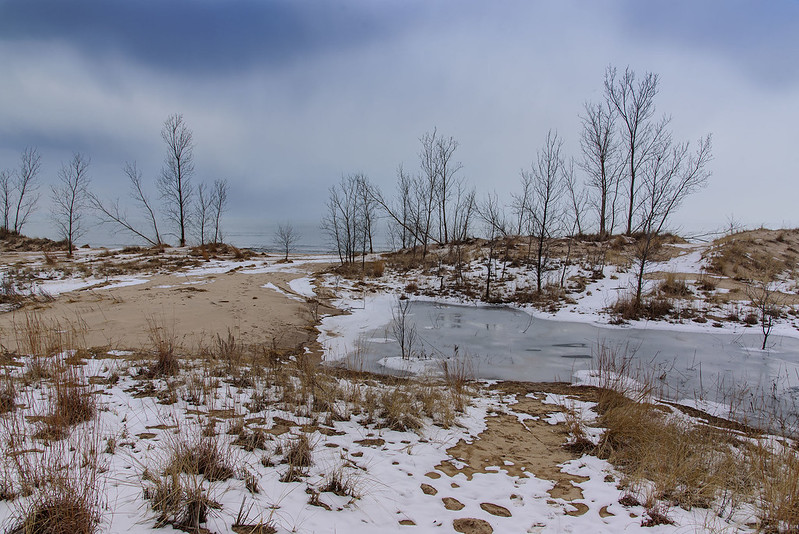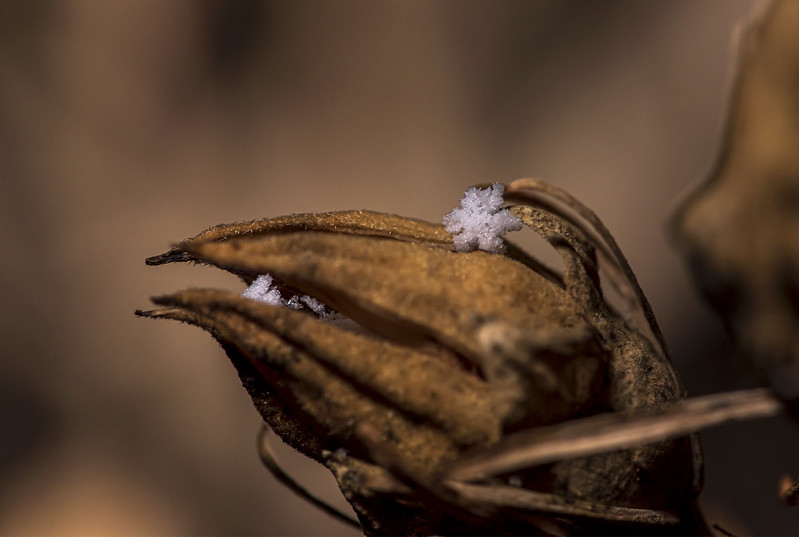
Wildcat Den State Park is a lesser known park in eastern Iowa, just a few miles from the Mississippi River in Muscatine County. The trails here wind through some rock faces up to 75 feet tall, and through lush wooded terrain. A few of the rock faces are part of canyons which include some waterfalls - especially in wet weather.
Hiking these trails gives one the feeling of being very far removed from everyday life, yet civilization is just a few miles away. Several historic structures are on the property as well - in particular the Pine Creek Grist Mill. Built in 1848, the mill still operates for certain occasions in warmer months.
The sandstone cliffs here are typical of the driftless area of this part of the country. Driftless area were not affected by the last glaciation, so the rock remains as it was prior to the last ice age.
About a three hour drive from the Chicago area, Wildcat Den State Park is well worth the trip. And while you're visiting, take a quick ride north to Maquoketa Caves State Park for some small cave exploration.








